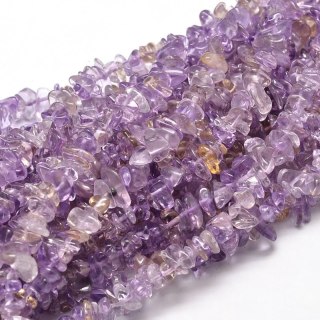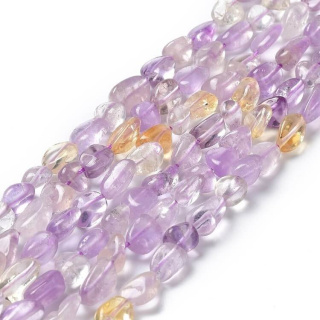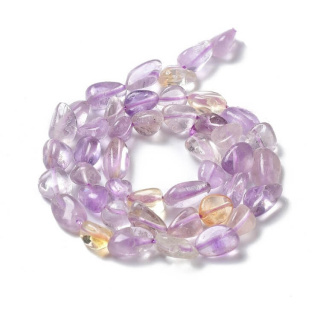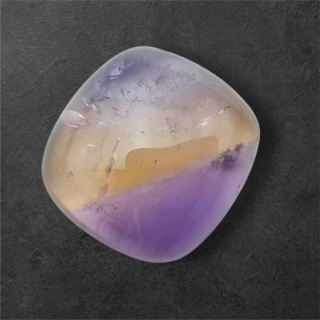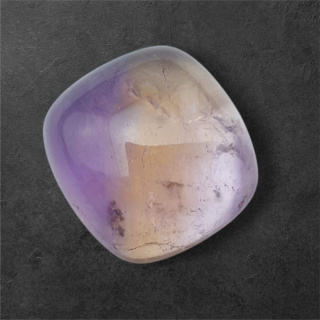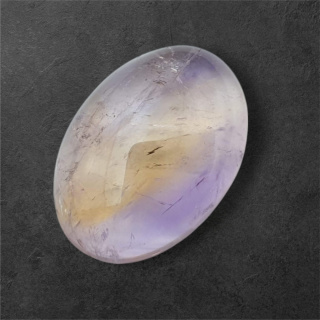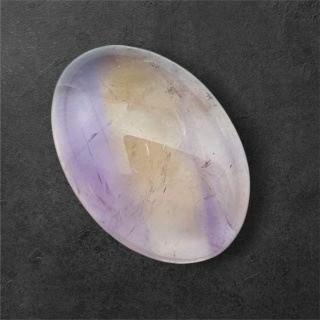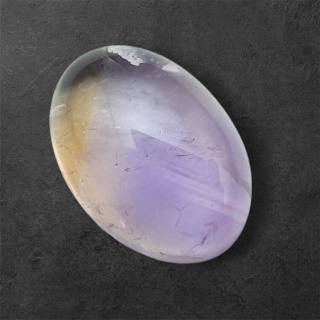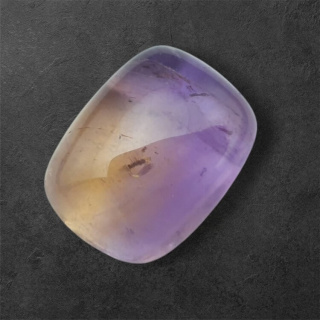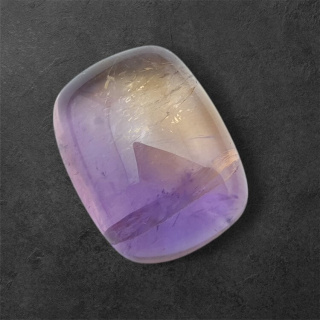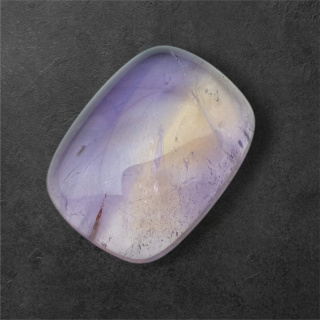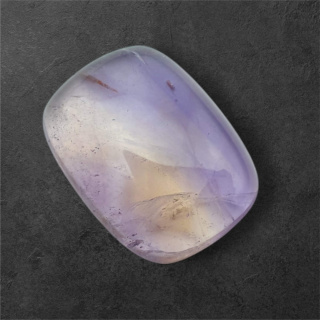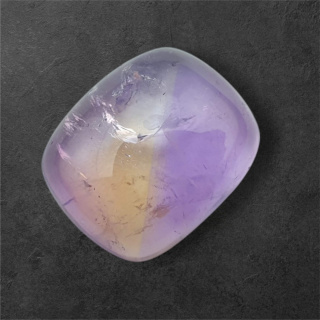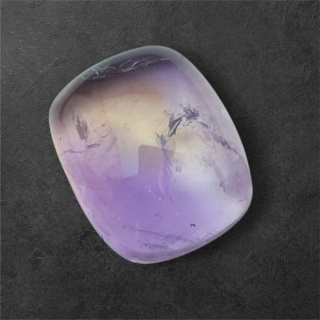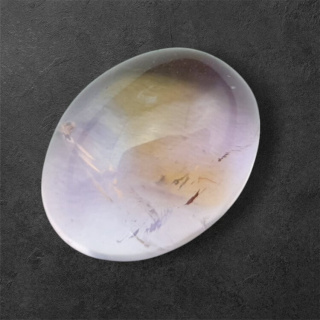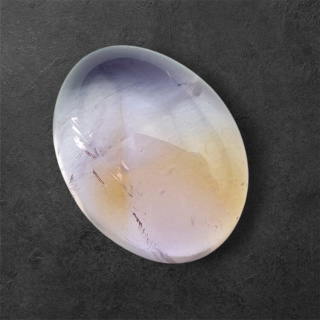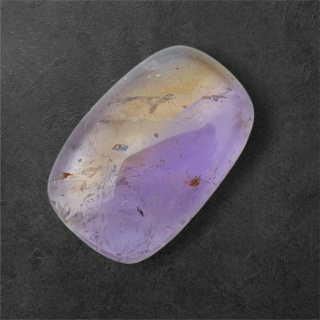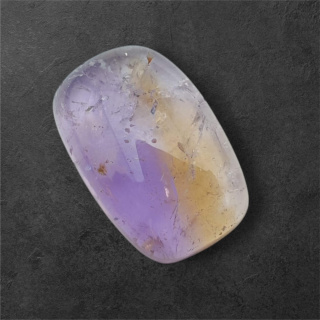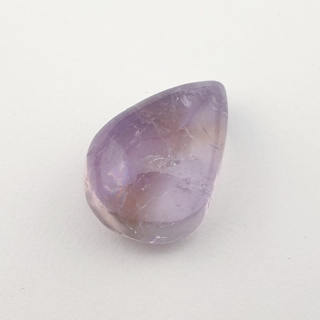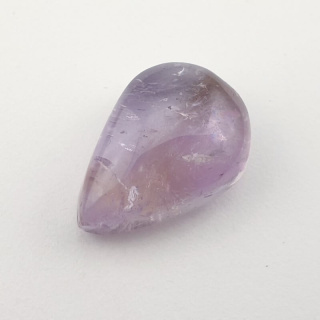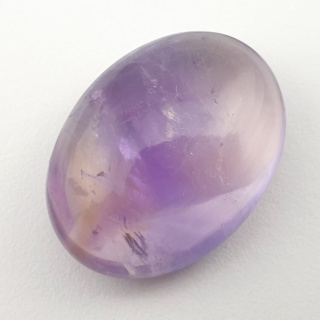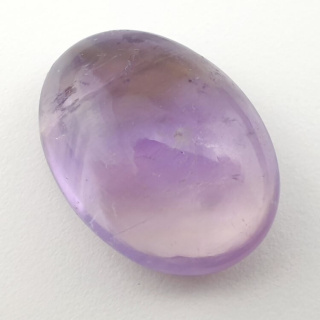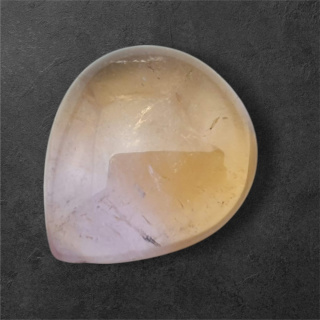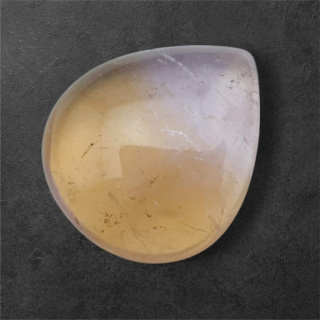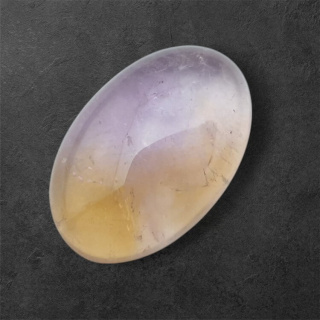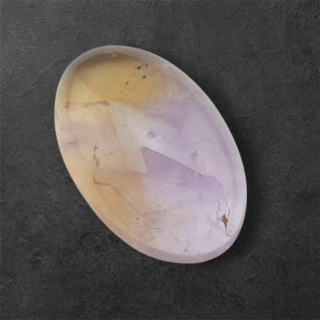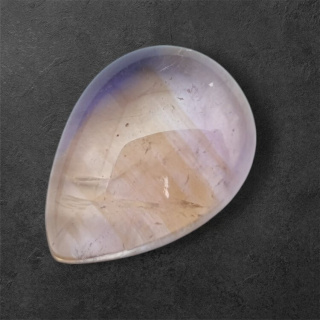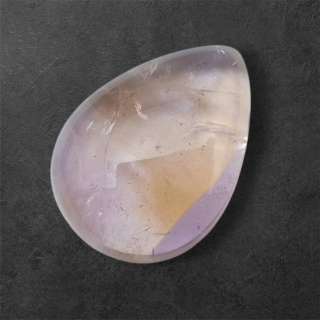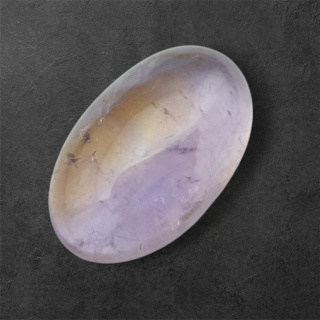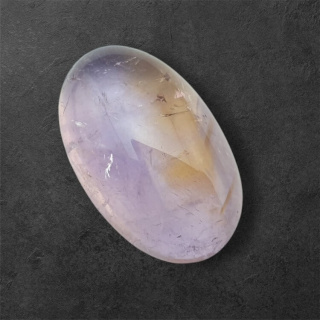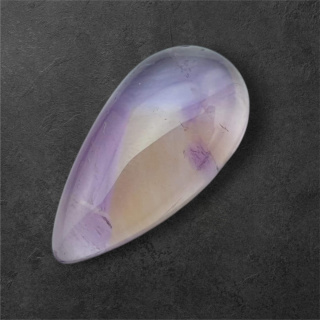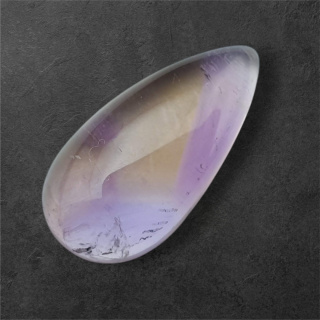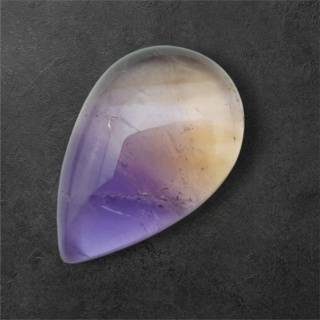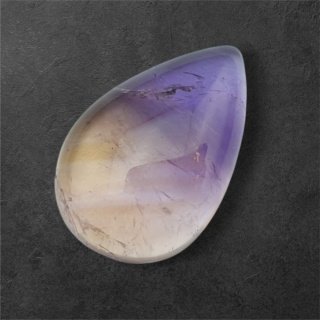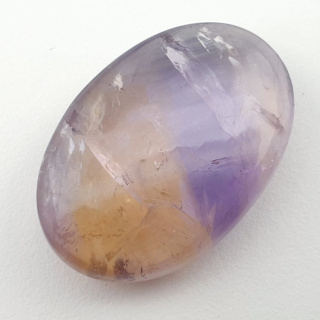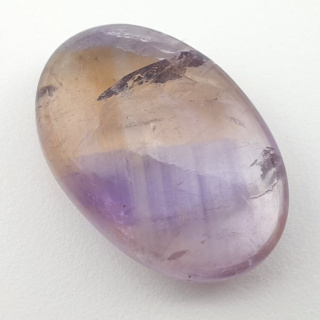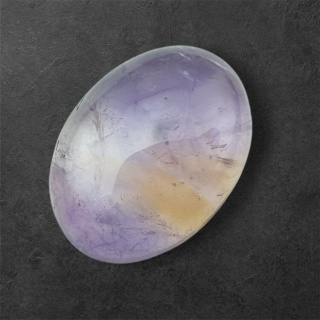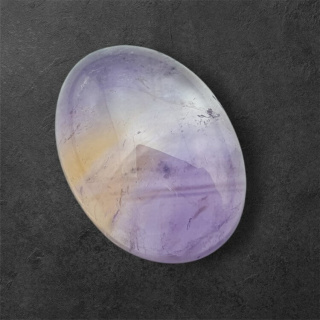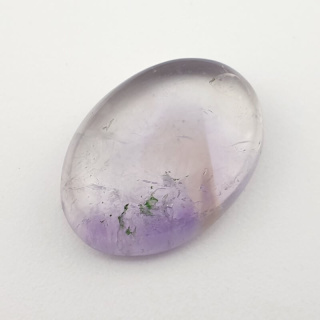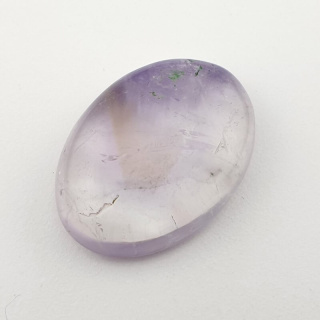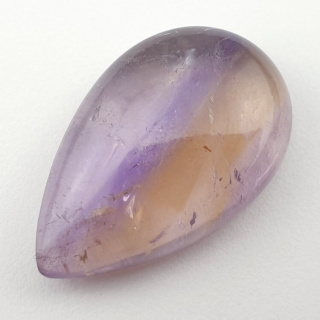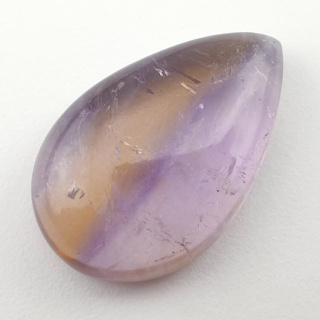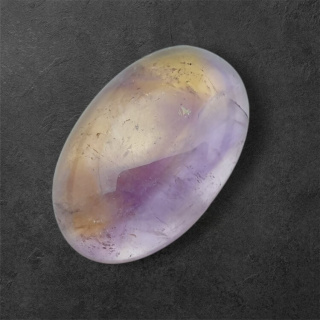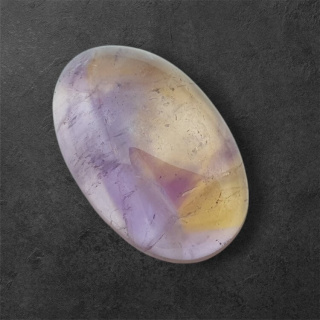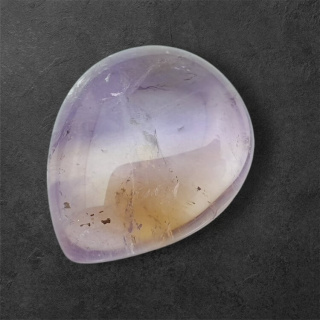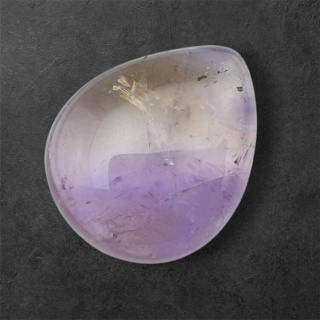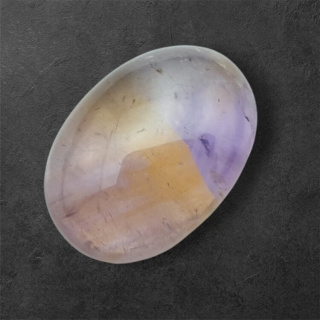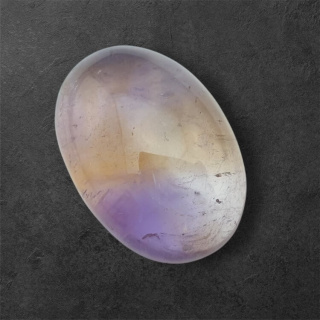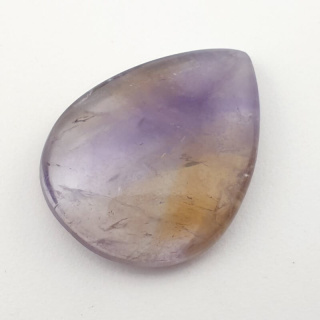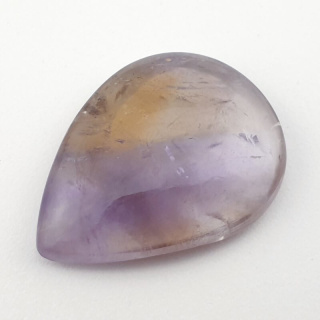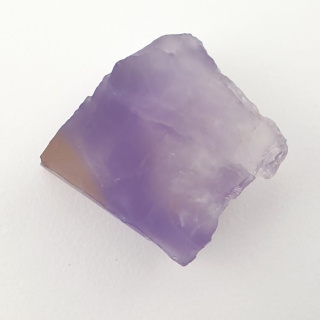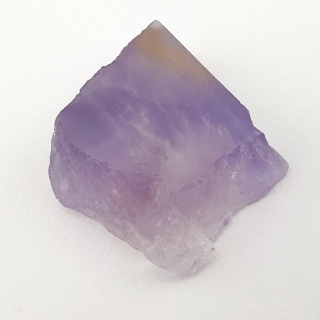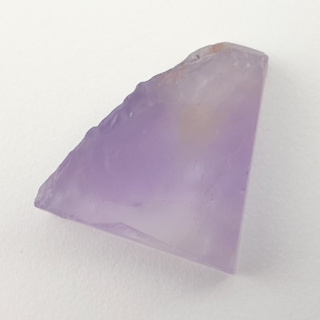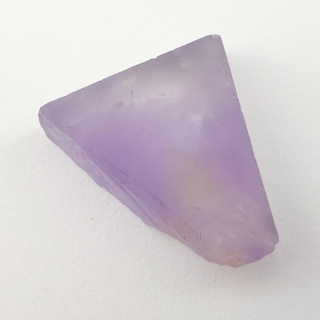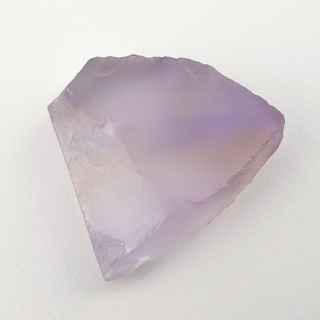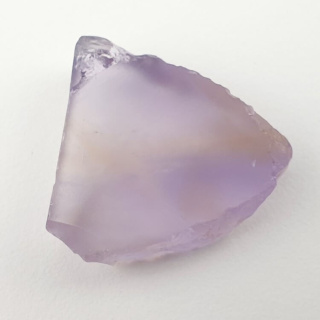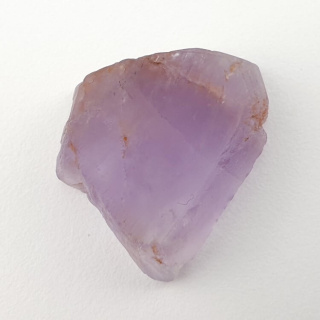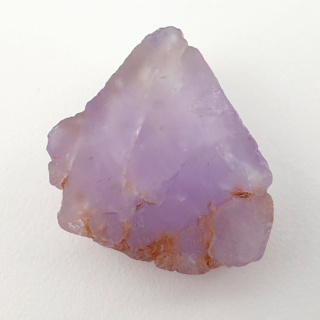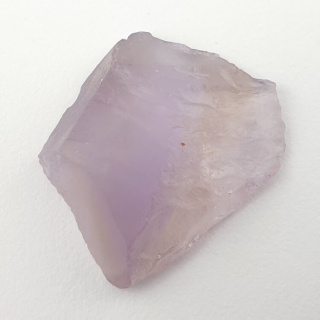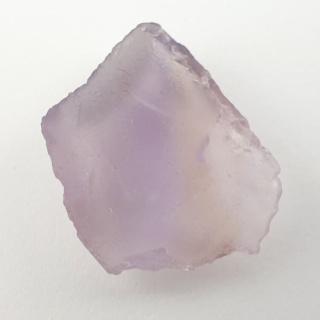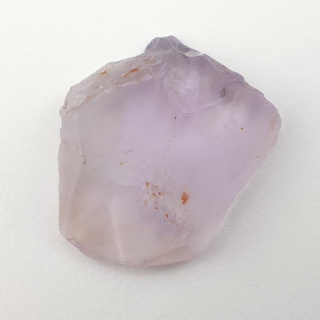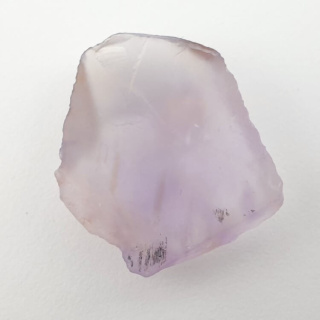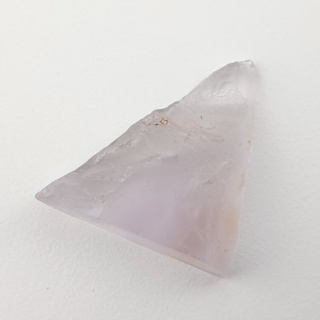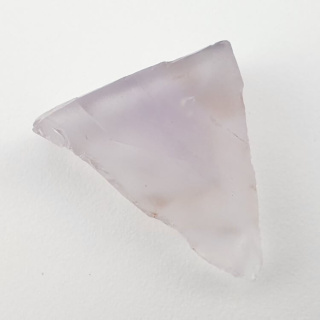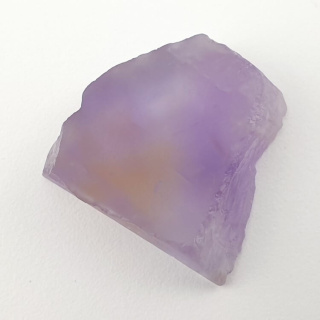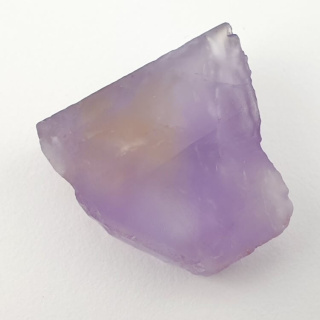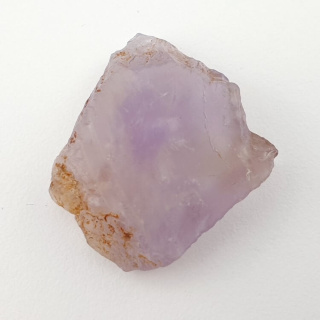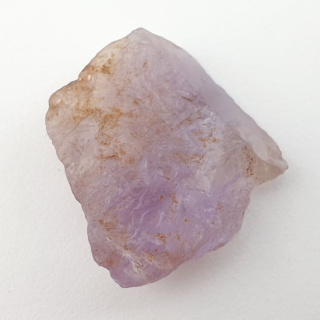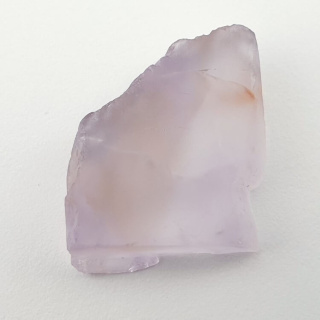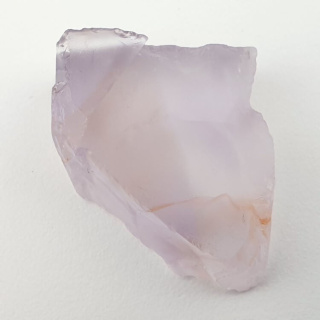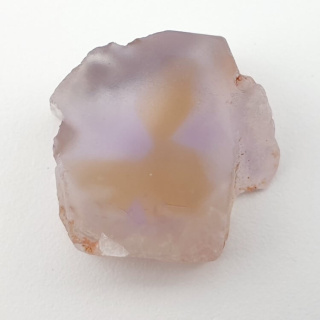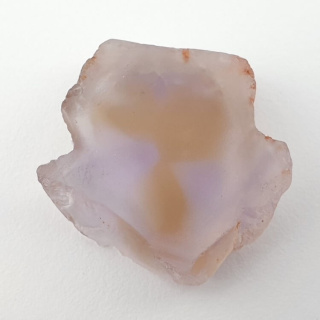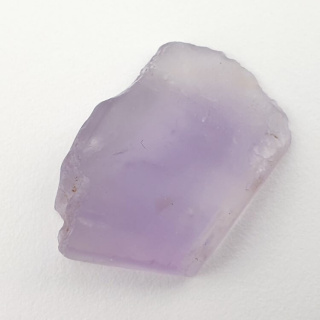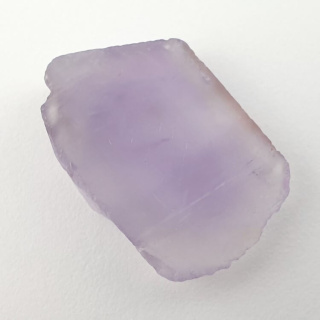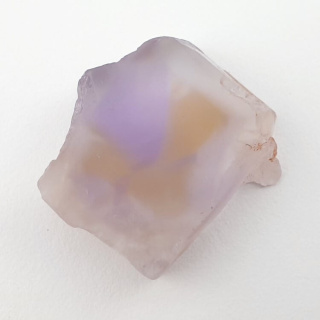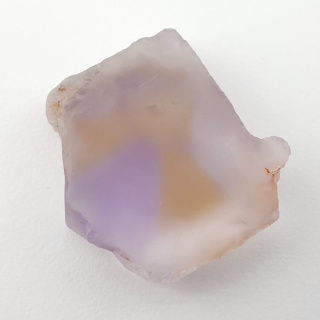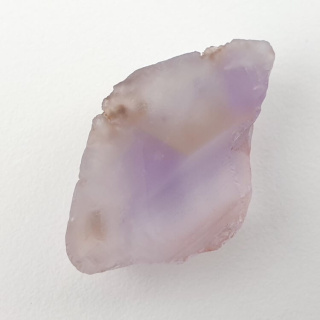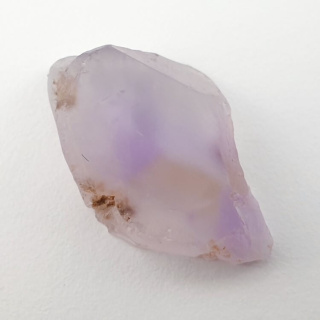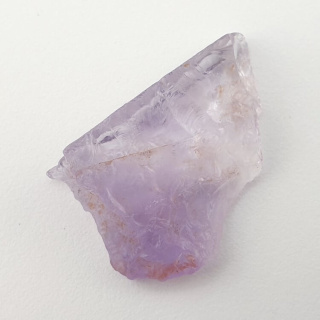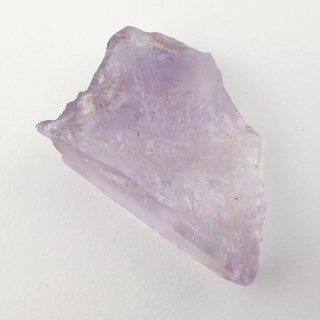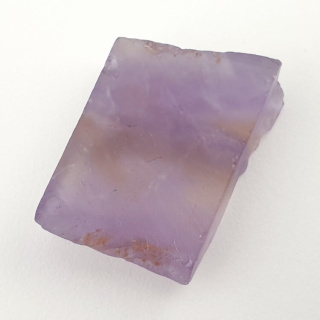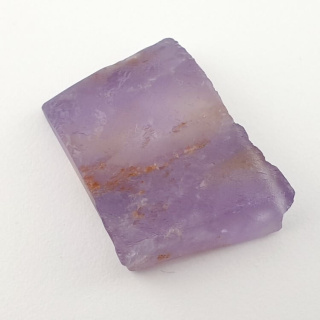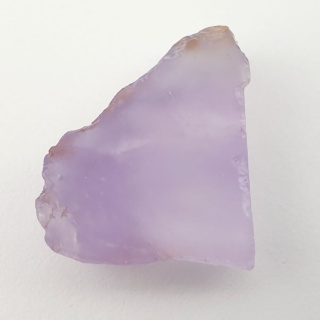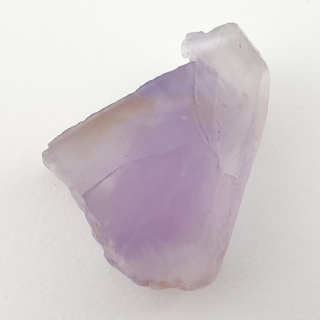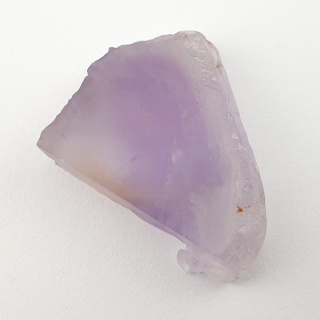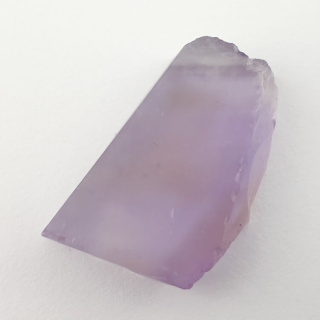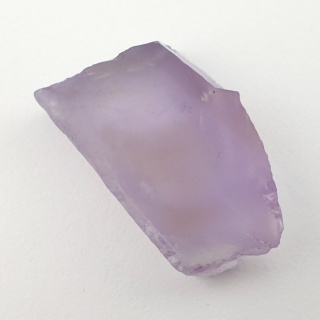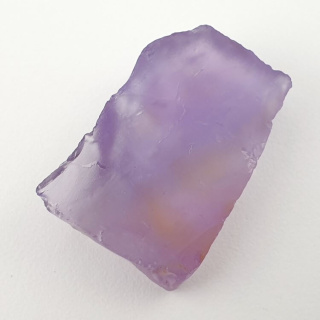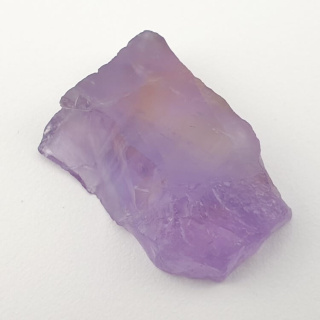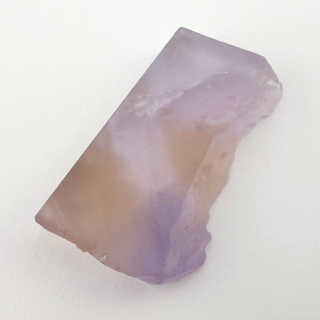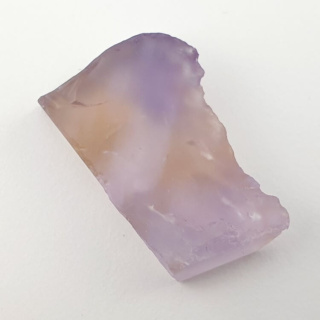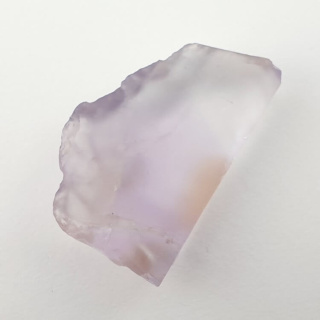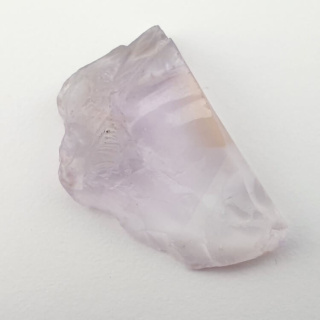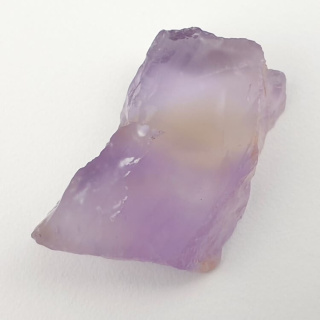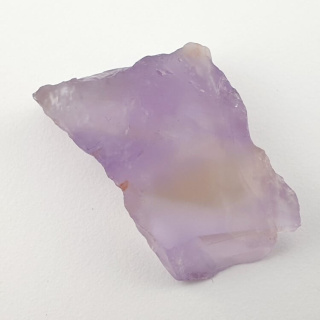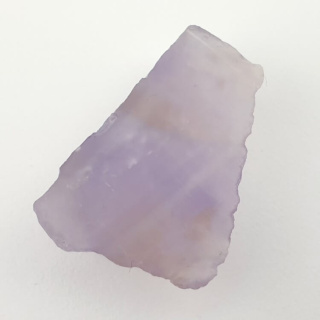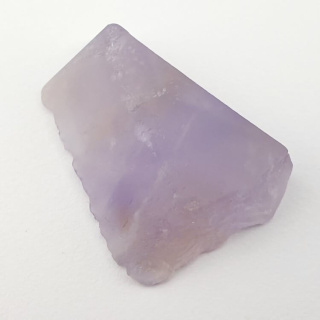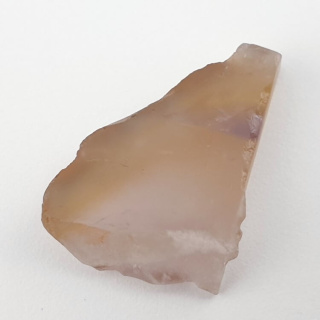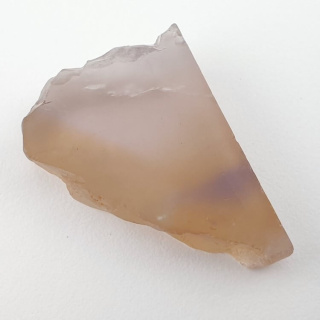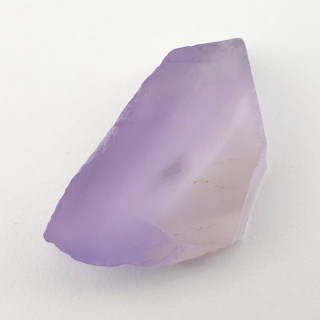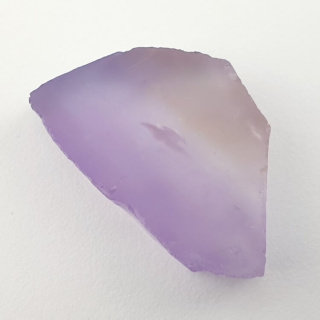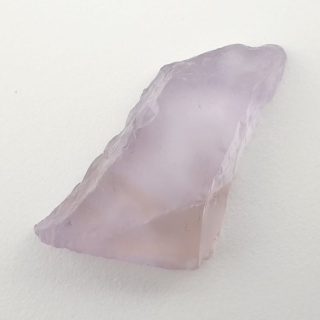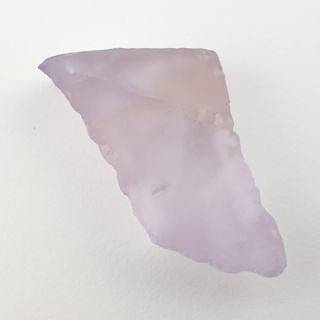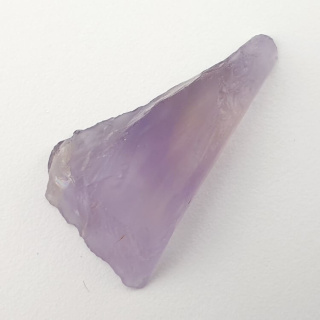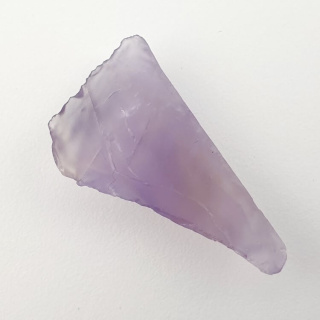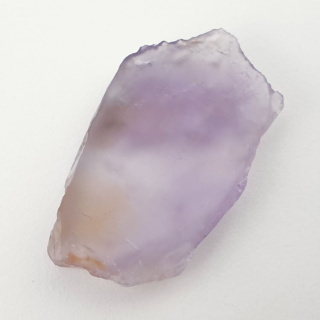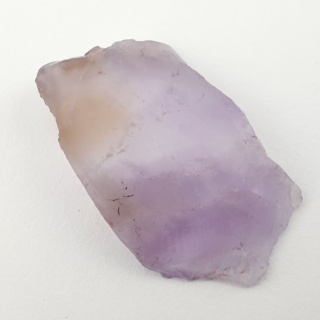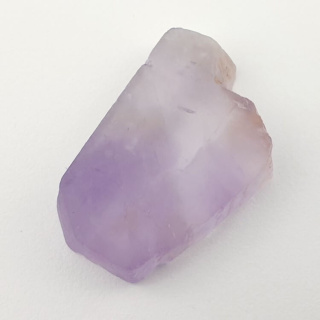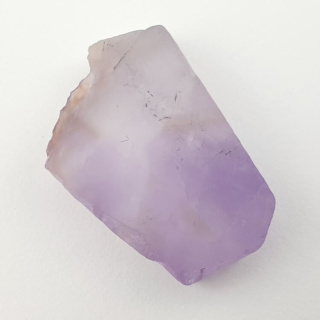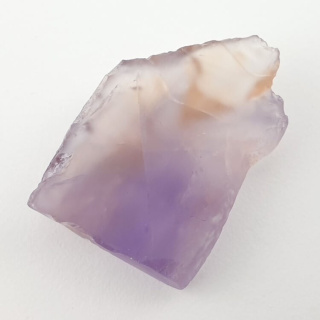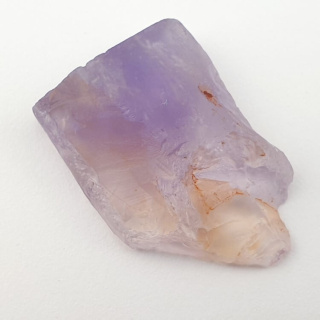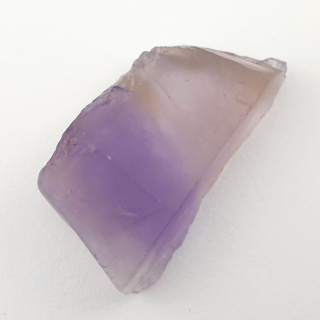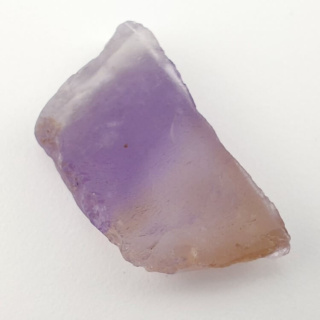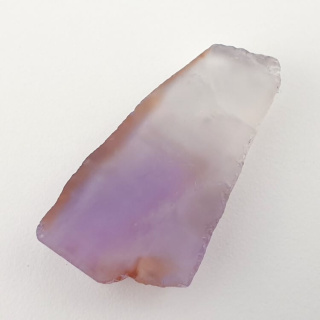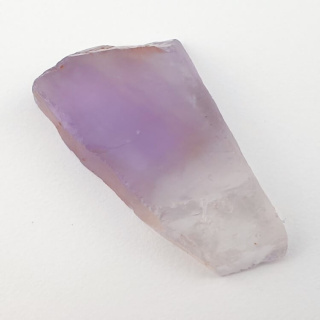Ametrine: The beauty and energetic harmony of a stone combining Amethyst and Citrine
Number of products : 62Ametrine is a mineral that is a combination of two other minerals - amethyst and citrine. It is a naturally occurring stone that combines the purple color of amethyst with the yellow or orange hues of citrine.
Ametrine is formed when geological processes during crystallization create conditions for the simultaneous occurrence of both purple quartz (amethyst) and yellow quartz (citrine) in a single stone. The resulting color combination can be seen as characteristic stripes or transitions across the stone's cross-section.
What is ametrine and how is it formed?
Ametrine, also known as ametrine, is a rare mineral that is a natural combination of amethyst and citrine—two varieties of quartz with different colors. It is a stone with a distinctive appearance that combines the purple color of amethyst with the yellow or orange hues of citrine.
The formation of ametrine is related to geological processes that occur in areas where both minerals occur close to each other. The main stages of ametrine formation are:
-
Initial quartz formation: In geological regions where both amethyst and citrine occur, quartz crystallizes under the right conditions. Aggregated areas of quartz crystals form, which will later serve as the base for amethyst.
-
Influence of various chemical components: Various impurities and chemical components in the soil and rocks surrounding these areas can influence the color of quartz as it grows. It is these components that cause changes in the colors of the inner areas of the crystals.
-
Change in crystallization conditions: As a quartz crystal grows, changes in temperature, pressure, and chemical composition of the environment may occur. These changes affect the color and hue of the crystal.
-
Transition from amethyst to citrine: At some point in the process, the internal areas of the crystal may undergo color changes, temporarily combining shades of amethyst and citrine. This is due to differences in the amount of iron and other elements that give the stone its color.
Cutting and mining: When ametrine crystals are mined from the ground, they undergo a cutting process to reveal their beauty and characteristic transitions between purple and yellow hues.
Ametrine is valued for its unique color combination and appeal in jewelry. Its formation is the result of a complex geological process that occurs under specific geographical conditions.
Where does ametrine occur naturally?
Ametrine, a combination of amethyst and citrine, occurs naturally in certain geological regions where both minerals can be found close to each other. The most important sources of natural ametrine are:
-
Bolivia: This is one of the most important sources of ametryn in the world. It occurs mainly in the Rio Madeira region, near the city of Anahi.
-
Brazil: Brazil is another significant source of ametryn. This mineral is found in the vicinity of the city of Rio Grande do Sul.
In addition to these main locations, ametryn may occur in other areas where amethyst and citrine quartz crystallize in close proximity to each other. The key factor is the presence of suitable geological and chemical conditions that allow this rare and attractive mineral to form.
However, it is worth noting that ametrine is relatively rare and not as common as its parent minerals (amethyst and citrine). This makes the stone highly valued and sought after by collectors, jewelers, and gemstone enthusiasts.
What are the differences between amethyst and citrine, and what characteristics are combined in amethyst?
Amethyst and citrine are two different varieties of the mineral quartz, which differ in color and certain properties. Here are the basic differences between them, as well as the characteristics shared by amethyst:
-
Color: Amethyst is characterized by a purple hue that can range from pale pink to intense purple.
-
Sources: Amethyst is a relatively common mineral and is found in many places around the world, including Brazil, Uruguay, Russia, South Africa, and many others.
-
Spiritual properties: In some cultures, amethyst is considered a protective stone, bringing peace, emotional balance, and the ability to think clearly.
-
Color: Citrine has an intense yellow or orange color, often reminiscent of lemons.
-
Sources: Citrine is found mainly in Brazil, Spain, Uruguay, and some other regions.
-
Spiritual properties: Citrine is associated with energy, optimism, and positive thinking. In some beliefs, it is considered a stone that can help improve mood and attract good energy.
Ametrine:
-
Color: Ametrine combines the purple color of amethyst with yellow or orange shades of citrine. The transitions between these two colors are characteristic. Ametrine is found where amethyst and citrine naturally crystallize side by side, mainly in Bolivia and Brazil.
-
Common features: Ametrine combines the color characteristics and energetic properties of both parent minerals. The transitions between purple and yellow shades create unique patterns inside the stone.
Ametrine is considered a stone with a harmonious combination of opposing energies, making it attractive not only visually but also spiritually and energetically.
What is ametrine used for in jewelry?
Ametrine has many uses in jewelry due to its unique color combination and attractive appearance. Here are some uses of ametrine in these areas:
-
Gemstones: Ametrine is used as a gemstone in various types of jewelry, such as rings, necklaces, bracelets, and earrings. Its distinctive transitions between purple and yellow or orange colors create unique patterns that attract attention.
-
Multicolored patterns: Due to its contrasting internal colors, ametryn is often used to create jewelry with unusual and interesting patterns. These stones can be the center of attention in jewelry designs.
-
Center stones in engagement rings: Thanks to its unique aesthetic, ametrine can be used as a center stone in engagement rings or other rings. This gives the ring a distinctive and personal look.
-
Necklaces and earrings: Ametrine is also often used to create necklaces and earrings. These jewelry items allow the beauty of the stone to be showcased and its unique characteristics to be emphasized.
-
Men's jewelry: Ametrine can also be used in men's jewelry, such as cufflinks or rings, giving them an elegant and slightly unusual look.
-
Artistic jewelry: Due to its unusual aesthetics, ametrine is often used by artistic jewelers to create unconventional designs and custom forms of jewelry.
Ametrine combines the elegance of amethyst and the warmth of citrine, making it an attractive choice for those looking for a stone that combines different colors and exudes a unique charm.
Does ametrine have any health or spiritual properties according to alternative practices?
Ametrine, like many other gemstones and minerals, is often attributed with certain health and spiritual properties in alternative practices such as crystal healing or spiritual practices. However, it is important to remember that these properties are not scientifically proven and are more related to beliefs, symbolism, and tradition.
Here are some examples of the health and spiritual properties often attributed to ametrine:
Health properties:
-
Calming the mind: Amethyst, which is a combination of amethyst and citrine, is sometimes considered a stone that can help calm the mind, reduce stress and anxiety.
-
Emotional balance: It is believed to support emotional balance and harmony, helping to cope with mood swings.
-
Spiritual growth: Ametrine is sometimes used as a stone that supports spiritual growth and the search for spiritual knowledge.
Spiritual properties:
-
Energy balance: Amethyst, combining purple and yellow energy, is considered a stone that can help harmonize the energy in the body.
-
Supporting positive thinking: Like citrine, amethyst is sometimes considered a stone that helps attract positive energy and thinking.
It is worth noting that the use of gemstones in alternative practices such as stone therapy, stone meditation, or spiritual practices is based on beliefs and traditions, not necessarily on scientific evidence. Those interested in using amethyst for spiritual or health purposes should approach it with caution and awareness that the effects may be subjective.
![[{[item.product.name]}]]([{[item.product.photo.url]}] 75w)


